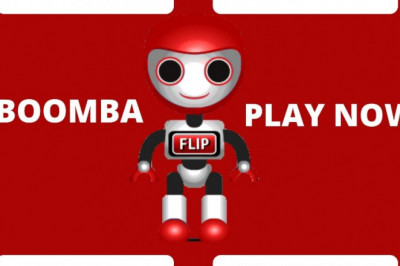views

Understanding DeFi: Flash Loans Explained
Ethereum‘s decentralized finance has ushered in a modern monetary system. The smart contract architecture of Ethereum has laid the groundwork for a nearly infinite decentralized framework, allowing for ground-breaking developments unlike anything seen in conventional finance.
Flash loans are one of the most widely debated developments in space today. In certain respects, flash loans are similar to their more–traditional counterparts in the real world: a user borrows money with the condition that they repay it. Unlike a traditional loan, however, there is no cap on the amount a user can borrow, and it can be taken out and paid back in the same transaction — at lightning pace.
DeFi (decentralized finance) aims to create a permissionless, decentralized, and open financial ecosystem built on top of blockchain networks. Cryptocurrency proved that it could be done with the money. Every day, programs like Bitcoin are used to send and receive money all over the world.
The new generation of DeFi technologies offers an extra layer of security. You can now take out crypto-backed loans, swap digital assets with confidence, and store wealth in coins that mimic the price of fiat currencies.
A flash loan is a relatively new form of uncollateralized lending that has gained popularity across a range of Ethereum-based decentralized finance (DeFi) protocols. In a nutshell, a flash loan is a short-term loan that must be repaid within seconds. Flash loans are similar, but they have the following unique properties:
Lenders also ask borrowers to put up collateral to ensure that if the borrower is unable to repay the loan, the lender will still be able to recover their funds. An unsecured loan, on the other hand, does not need any collateral. The lack of collateral does not rule out the possibility of the flash loan lender receiving payment. It’s simply returned in a different format. Instead of providing leverage, the borrower must immediately repay the funds.
Flash loans make use of smart contracts, which are blockchain-based mechanisms that prevent money from changing hands until certain conditions are met. In the case of a flash loan, the borrower must repay the loan before the transaction ends, or the smart contract will undo the transaction, making it seem as though the loan never existed at all.
Obtaining and repaying a loan is typically a lengthy process. If a borrower is accepted for a loan, he or she will normally be required to repay it over several months or years. A flash loan, on the other hand, is immediate. The loan’s smart contract must be completed in the same transaction as it is lent out. This means that before the transaction finishes, which is normally a few seconds, the borrower must invoke other smart contracts to execute instant trades with the loaned money.
Earn free rewards with zero risks.
Put your betting skills to test with Fanspel– the first Blockchain-based fantasy sports platform. Join the Fanspel community and Stake your way to the very top!
DeFi has revolutionized the way we think about money. Thanks to Ethereum and the pioneering protocols developed on top of it, flash loans have emerged as a powerful innovation in the space. However, keep in mind that DeFi is still in its infancy.












